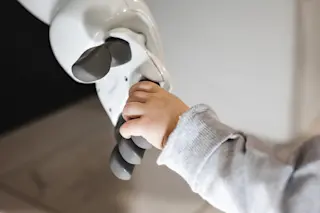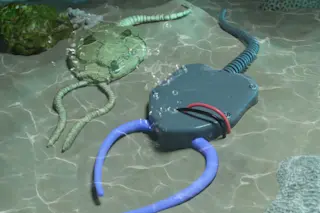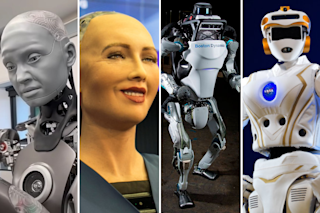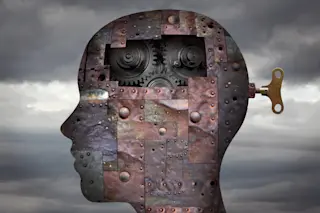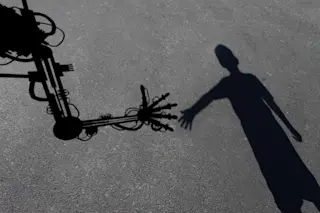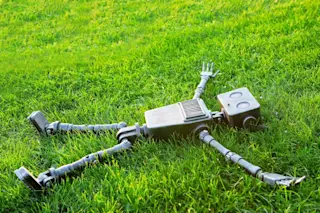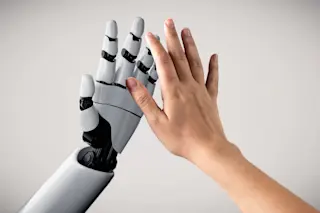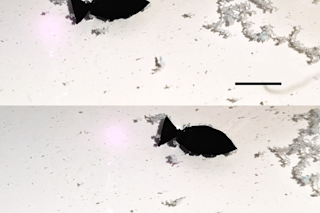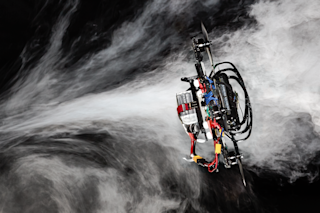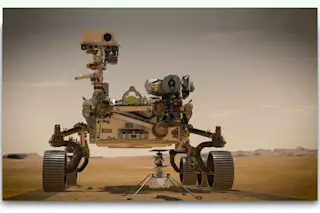Did you know Thomas Edison’s phonograph company manufactured a line of talking dolls in 1890? Probably not, since the dolls were a complete flop — production only lasted six weeks.
But in terms of historical significance, the wax cylinders that stored those voices represent the first entertainment records ever produced. However, collectors have been loath to play those phonographs for fear they would damage the historically significant artifacts.
But thanks to new technology, Edison’s dolls are creeping the world out all over again. Seriously, turn the lights off, turn the volume up and listen to an Edison doll recite, “Now I lay me down to sleep”:
Listen in: It's Only Science - Now I Lay Me Down to Sleep
The Edison dolls, at the time, were a pretty ambitious step forward in terms of noise-making toys. Prior to Edison’s dolls, talking toys relied on a manual mechanism — a spring ...



